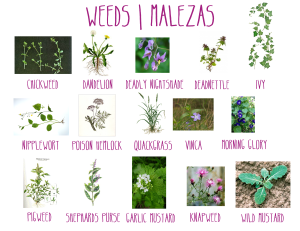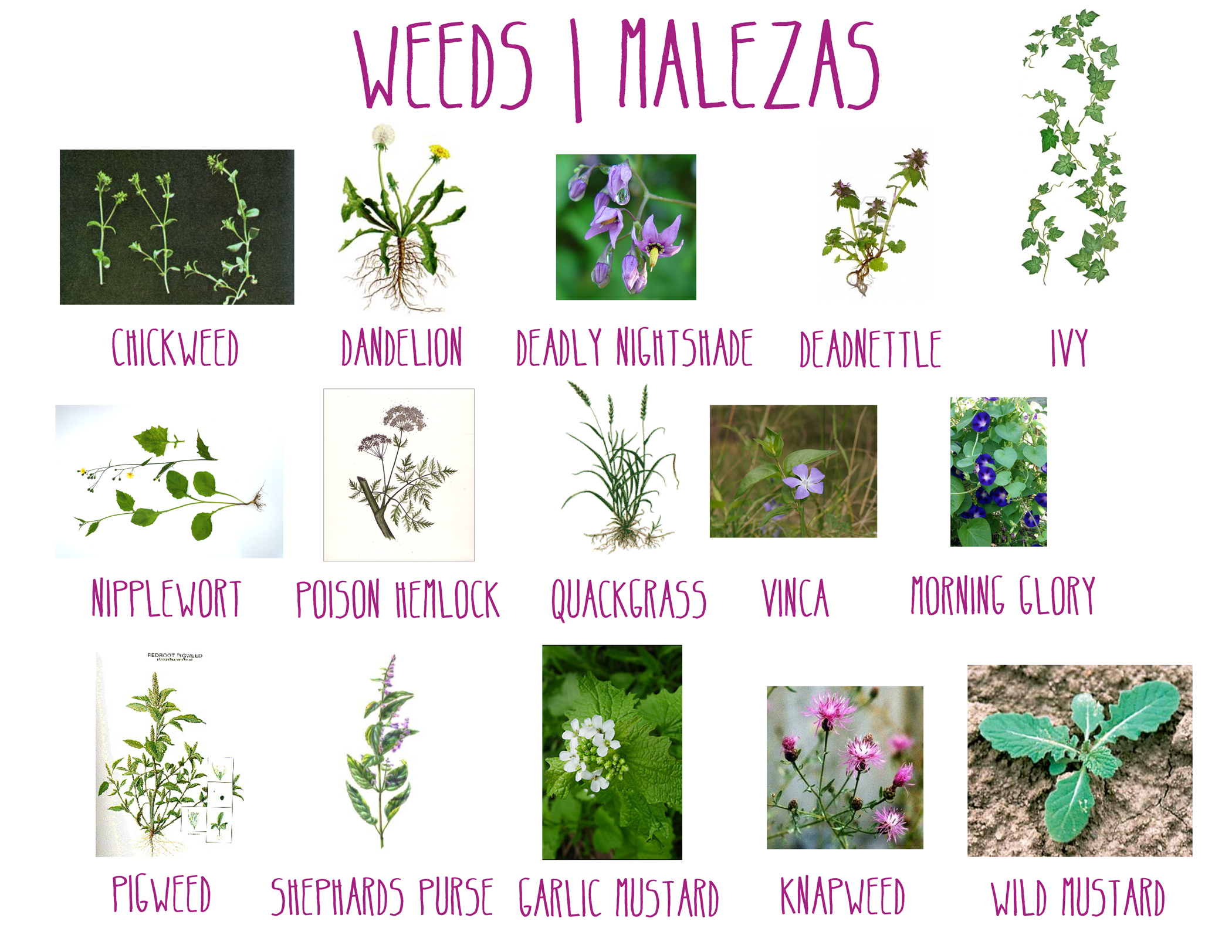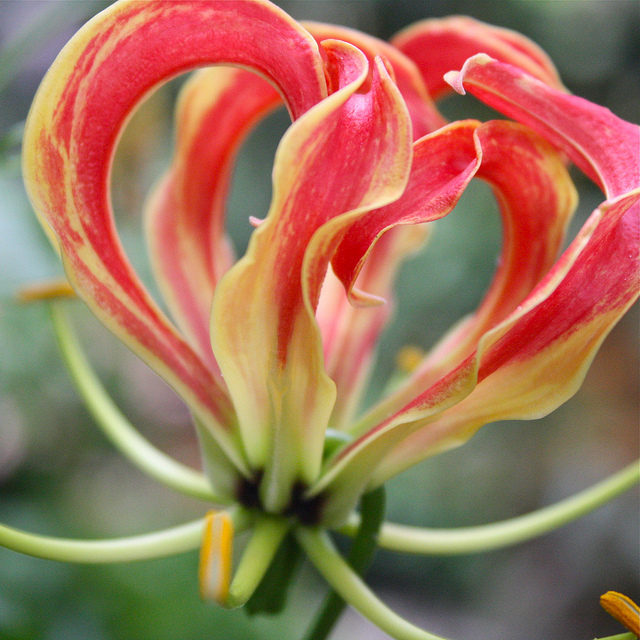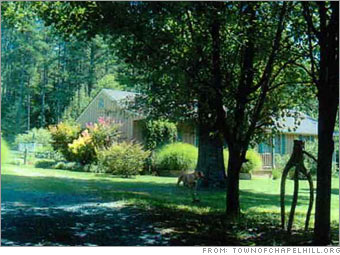This time of year our lawns are winding down. Although they are still green, their growth is slowing down to near zero. You  probably won’t have to mow again, or maybe just once more.
probably won’t have to mow again, or maybe just once more.
Don’t neglect your lawn yet, however. If you’ve got summer annual weeds present, spend the time it would have taken to mow pulling up those weeds. Late summer and early fall is when summer annual weeds go into reproductive high gear. They will be dead as soon as we get a hard frost, if not before, and they’re now putting all the resources they’ve got into making seeds.
Chemical control of summer annuals won’t do you a bit of good now—the weeds will be dead soon, whether you spray or not, and the chemicals won’t kill the seeds. In addition, herbicides that would have been perfectly safe to put on your lawn in summer may damage the grass now that it’s transitioning to dormancy. Hand-pulling weeds, however, will remove any seeds still attached to the mother plant. The more seeds you can remove, the less of a weed problem you’ll have next year.
So what do you do if you’ve got too many weeds to pull by hand?
First, learn a lesson—weed problems are much, much easier to control if you tackle them early. Don’t let weeds get a foothold. Weeds have fantastic reproductive potential—that’s one of the defining characteristics of a weed. Depending on the species, some weeds can leave behind tens of thousands of seeds—a single pigweed plant can make over 100,000 seeds. When you see a weed, take action early, before it has a chance to reproduce.
Second, figure out what weed (or weeds) you’re dealing with. Ask friends and neighbors. Ask at your local nursery. Verify any guesses with an image search online. You can take a sample to your County Extension Office (there’s one in every county; see www.clemson.edu/”county name,” entering the name of your county after the slash). You can send digital photos to Plantman, the superhero of plant identification at the USC Herbarium (herbarium.org). Virginia Tech has a pretty good weed ID tool online—see www.ppws.vt.edu/weedindex.htm. Another good online tool with an even more local focus is namethatplant.net, a project of Janie Marlow and the SC Native Plant Society. You could also hire a consultant or a landscape coach to help you identify, not only your weeds, but also the landscape plants you wish to nurture.
The reason to get a definitive ID for your weeds is that different weeds require different strategies and methods for control. The best control practice for a particular weed depends on whether it’s a summer annual, a winter annual, a biennial or a perennial, and whether it’s a “broadleaf” weed or a sedge or grass (and which particular grass at that). Control of different kinds of weeds requires action at different times of year. Selective chemical herbicides, the ones that are safe to use on your grass, will kill only some types of weeds. Some weeds are best acted on soon—some annual weeds will begin producing seeds in only a few weeks after sprouting. Others, like tree seedlings, require no control at all—it might be decades before they mature and reproduce, and mowing will kill them (although not usually just a single mowing).
Third, if you want to use a selective chemical weed control on your lawn, you need to know what kind of grass you’re growing. Some varieties of zoysia look indistinguishable from some types of Bermuda. Other zoysia grasses look a lot like centipede. And some of our lawns are comprised of more than one grass species. An herbicide that is perfectly safe on one species may kill or damage another. The same local sources listed above for weed ID can likely tell you what grass you’re growing if you take a sample to them. You can also see examples of different types of turfgrass at the Master Gardener turf demonstration at Clemson’s Sandhill Research and Education Center (900 Clemson Road).
Fourth, consider using your mower to collect as many weed seeds as possible. Usually it’s good practice to leave the mower clippings on the lawn to return the nutrients they contain to the soil. But if you’ve got an abundance of weeds going to seed, the bagger on your mower will collect a fair amount of them. Even when the weeds are not yet going to seed, your mower is an important tool in weed control. There are a few weeds which are so short the mower will not affect them, but most will be cut back by mowing, and this will often remove flower stalks or delay the weeds’ reproduction. This time of year, when the lawn grass has slowed down, you may have to mow when the weeds dictate, even if the lawn grass is still acceptably short. And every time you mow, keep a lookout for weeds.
Clemson has a couple of good online resources for weed control. The first (here) is a good overview of lawn weed control. The second (here) is quite in-depth, and contains many pages of specific recommendations.
Your lawn grass may not need any attention until next spring, but weed control is easiest if you make it a year-round pursuit.





